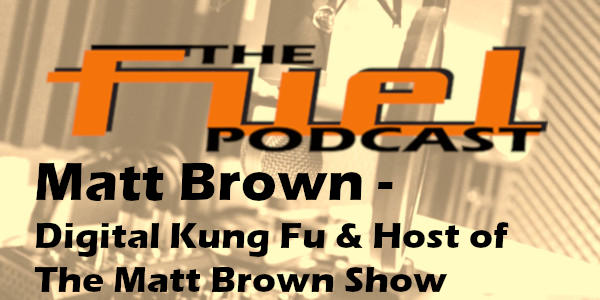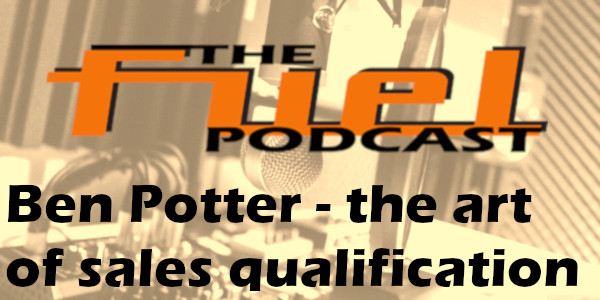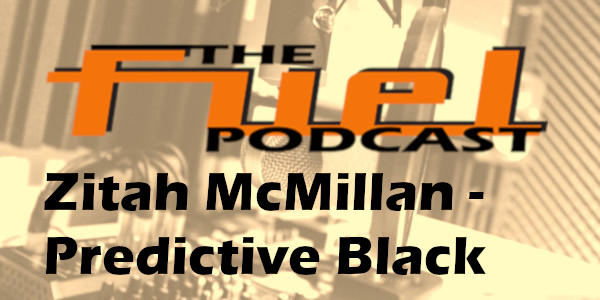The positive aspects of digital marketing, branding through social media, building the Diwali in London festival’s digital presence.
Tips for launching an agency podcast. Why new business people need to be ready to get busy in a post pandemic world. New business advice for SMEs
Threats, weaknesses, opportunities and strengths of agency networks, advantages of the agile agency model and a discussion about the Indie Awards online.
Kieran S Lawler of digital agency Hallam shares his top remote collaboration hacks and essential software for creative agencies
Simple sales strategies for b2b campaigns. Jeff Swan is on hand to deliver easy-to-implement solutions for a post Covid-19 world.
Branding agency leader Dines explains why ‘cool’ doesn’t stop for a pandemic and global brands need Studio Blup’s work more than ever. Dines takes us behind his latest deal with LAB Group
How to scale a high tech sales business and the art of personal broadcasting. Matt Brown is ambitious, smart and has an instinct for new business that you can’t teach.
Hank Blank is back to show us how to build a network and add value to client and prospect relationships
Using AI and machine learning to deliver powerful new business presentations. Fintech Predictive Black wants your agency to grow.




